Resident Evil ranked: Revisiting the series from best to worst
From dizzying highs to depressing lows
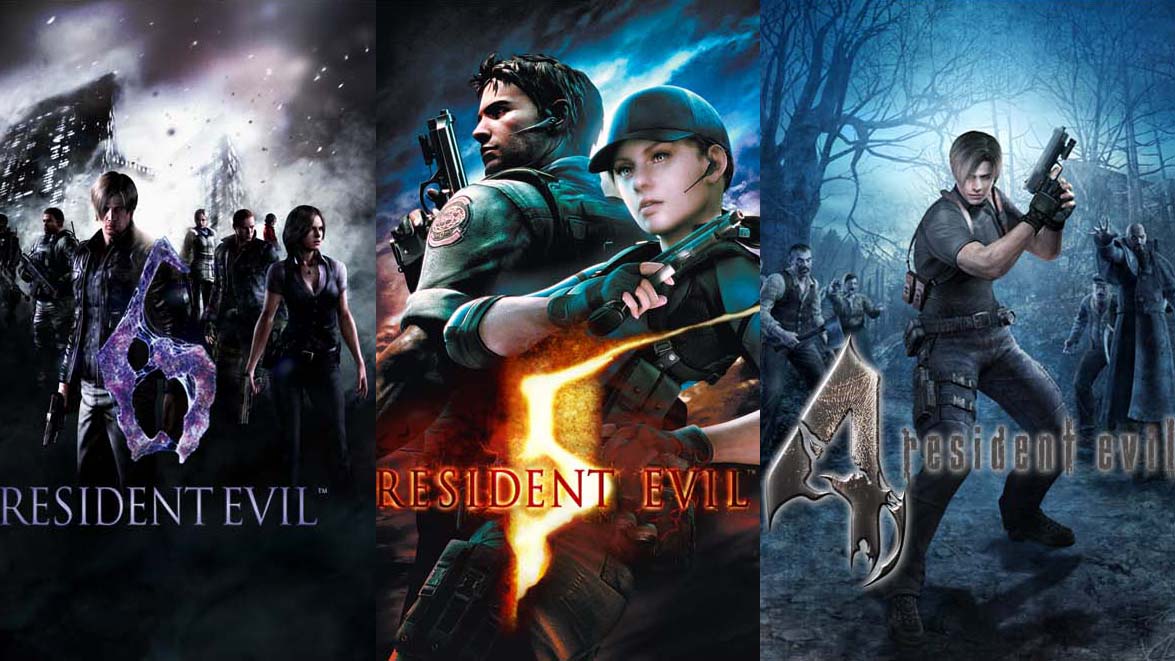
Introduction
Thanks to a truly chilling vibe and the aesthetics of a particularly fine horror-movie, Resident Evil 7 has been acclaimed as a return to form for the franchise which defined the survival-horror genre.
But where, exactly, does it sit in the pantheon of Resident Evil games? After all, Resident Evil is one of the world’s favourite games franchises, with a mutant-ridden lore (yes, we know they are supposed to be called Bio Organic Weapons or B.O.Ws) that has accumulated since 1996, and which spawned six feature films.
So which are the best Resident Evil games, and which ones should you avoid like the, er, plague? And how can you play them nowadays?
- In addition to Resident Evil 7, these are the best VR games to play
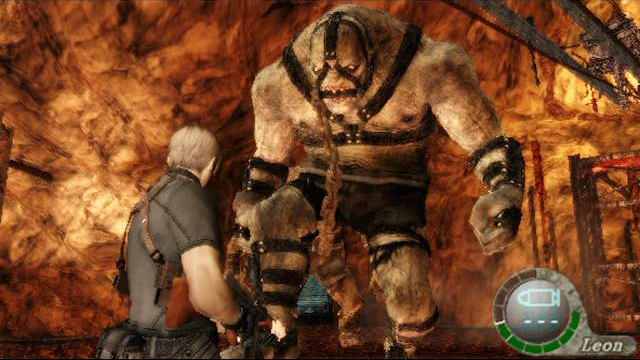
Resident Evil 4
Original release: Nintendo GameCube, PlayStation 2 (2005)
Play it now on: PS4/Xbox One (2016) for the graphics, or Wii (2007) for the superior controls
Asserting that Resident Evil 4 is the best game of the series may be a tad controversial as far as hardcore fans are concerned, since many blame it for triggering the franchise’s slide into a more action-oriented cul-de-sac. However, it’s a magnificent effort which is routinely cited as one of the best games ever.
The last Resident Evil game directed by series creator Shinji Mikami, it pioneered the “over-the-shoulder” third-person viewpoint, and bombarded players with loads more mutants than previous games, shaking up the survival-horror genre with an extra dash of third-person shooting.
Protagonist Leon Kennedy also acquired a very useful kick for when mutants got too close.
A stone-cold classic, it was subsequently ported to the PS3, Xbox 360 the Wii and, most recently, the Xbox One and PS4. Play the current gen version if you want the best graphics, but the Wii version has arguably the best controls.
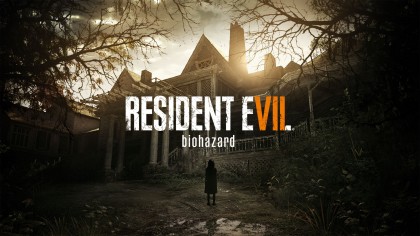
Resident Evil 7
Original release: Xbox One, PS4, PC (2017)
Play it now on: PS4 (2017) for the VR
Yes, it’s that good. You could almost call it a “preboot”, since it takes the franchise back to the horror-centric gameplay pioneered by the original Resident Evil, albeit with a new first-person viewpoint (a requirement for it to work on the PlayStation VR).
Resident Evil 7 makes maximum use of the power of modern consoles to crank up the horror-quotient to near-unbearable levels – and the shocks, twists and deliciously fetid atmosphere are intensified further in VR.
Yes, it’s shorter than we would have liked. But it also just might be the most satisfyingly horrific survival-horror game ever.
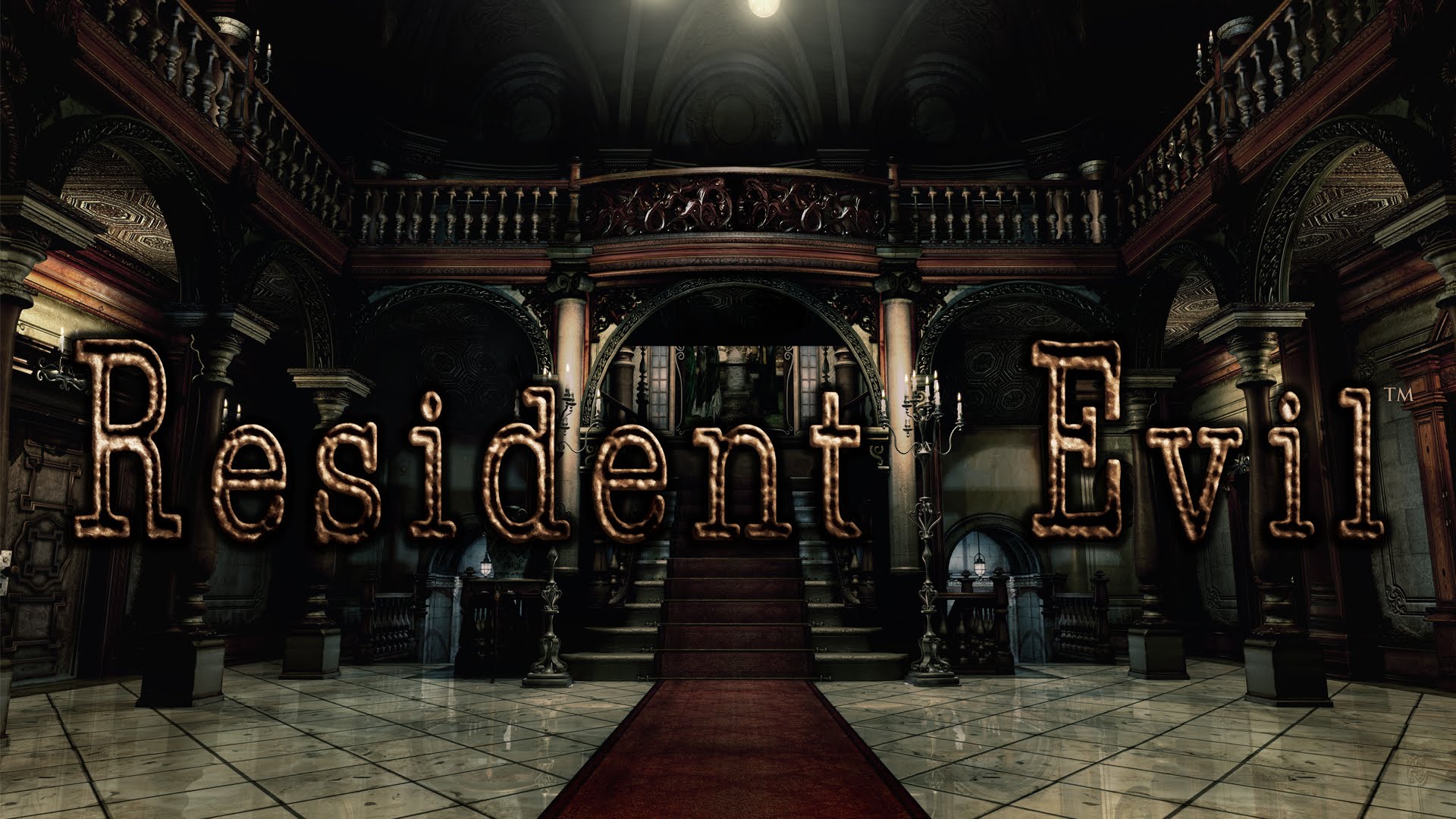
Resident Evil
Original release: PlayStation (1996)
Play it now on: PS4, Xbox One, PC (2015)
The original Resident Evil established survival-horror as a stalwart of modern gaming – and director Shinji Mikami as one of the stars of the industry. It also introduced an enduring cast of characters including Jill Valentine, Chris Redfield and Albert Wesker (who hadn’t yet become a baddie).
But mostly, it offered the vibe and aesthetics of a horror movie, in a manner way ahead of its time, with the action taking place in a super-creepy abandoned mansion populated by terrifying mutants.
Throw some genuinely head-scratching puzzles and four possible endings (thanks to the choice of two playable characters) into the mix, and you have one of the most influential games ever.
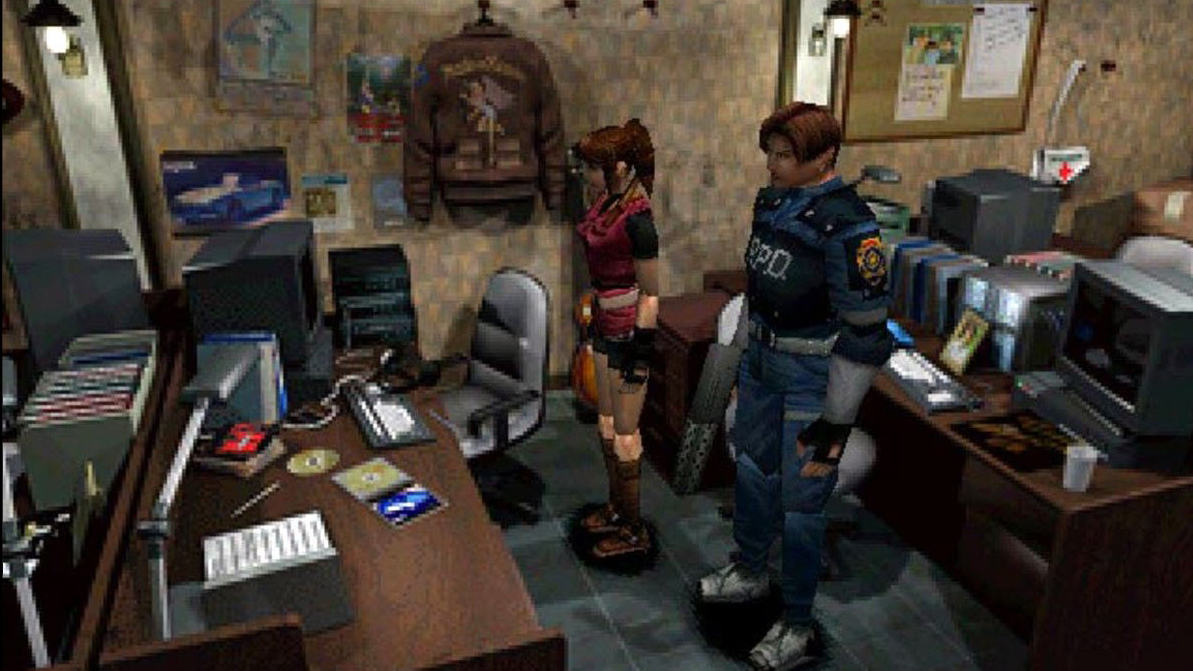
Resident Evil 2
Original release: PlayStation (1998)
Play it now on: PS4/Xbox One/PC in the forthcoming remaster.
The second Resident Evil game proved that the original was no fluke. With Shinji Mikami moving to the producer’s role and Hideki Kamiya directing, it introduced gamers to the enduring environs of Raccoon City, and the iniquities of the evil pharmaceutical company Umbrella, while rolling out much of what would become franchise lore, such as the G-Virus.
With a variety of settings including Raccoon City’s Police HQ and Umbrella facilities, it sacrificed its predecessor’s queasy claustrophobia for story advancement, but started throwing some ridiculous bosses at players. And with two playable characters and two scenarios per level, it amazingly had four different storylines.
A remastered version for current-generation consoles is in the works, and is very eagerly awaited.
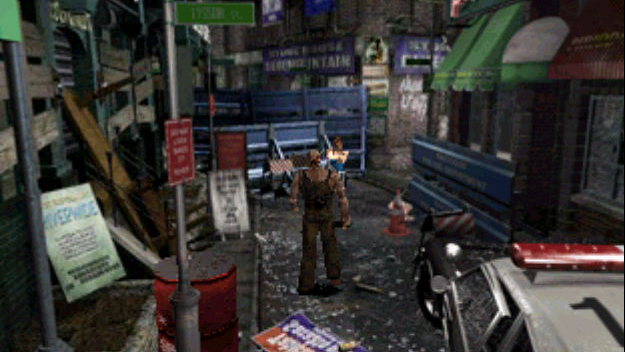
Resident Evil 3: Nemesis
Original release: PlayStation (1999)
Play it now on: PC (2000) or GameCube (2003)
Jill Valentine returned a mere year after Resident Evil 2, in a game which documented events occurring 24 hours before those depicted in Resident Evil 2.
This time, the action took place in various parts of Raccoon City, and the recurring Nemesis boss remains fondly remembered by fans. The graphics, too, were cutting-edge at the time, while action was more to the fore, thanks to a ramping up of the number of mutants. But Resident Evil 3: Nemesis was unsatisfyingly short and felt a bit rushed: many fans feel that 2000’s Resident Evil: Code Veronica should have been the official successor to Resident Evil 2.
It’s possible to pick up a copy of it on PC and GameCube, but it hasn’t been remade for modern consoles.
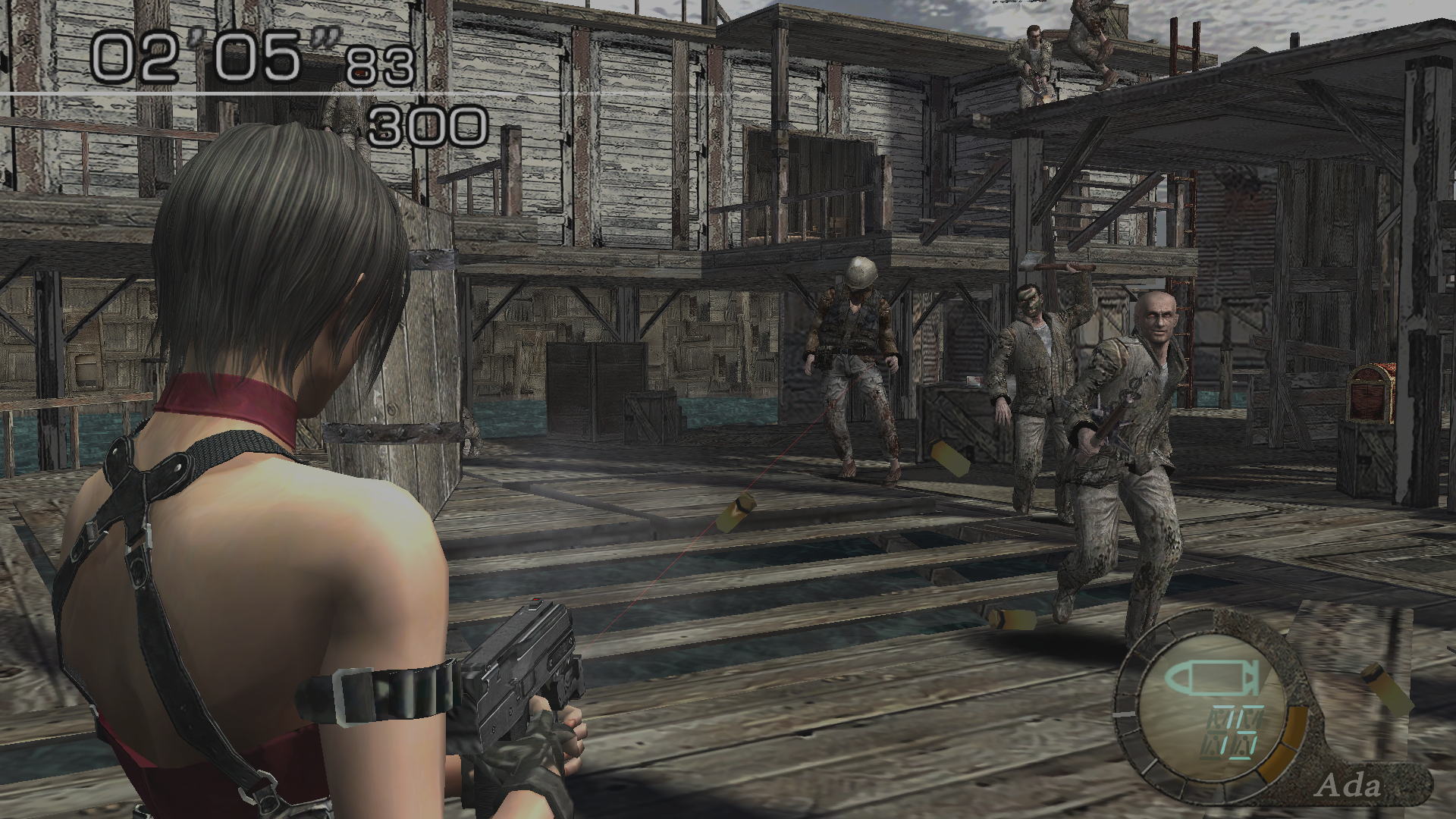
Resident Evil 5
Original release: PS3, Xbox 360 (2009)
Play it now on: PS4, Xbox One (2016)
Continuing the more action-based trend established by Resident Evil 4, Resident Evil 5 featured Chris Redfield and a new character, Sheva Alomar – and supported two-player co-op play.
Its action took place in Africa, which was refreshing, but the mutated locals’ depiction led to some intense discussions surrounding racism in the game.
The ever-more-mutated Albert Wesker and Excella Gionne formed the centrepieces of some incredibly overblown boss-battles but by 2009, a game in which you couldn’t move and shoot at the same time seemed something of an anachronism.
These days, its PS4 and Xbox One remakes can be picked up very cheaply.
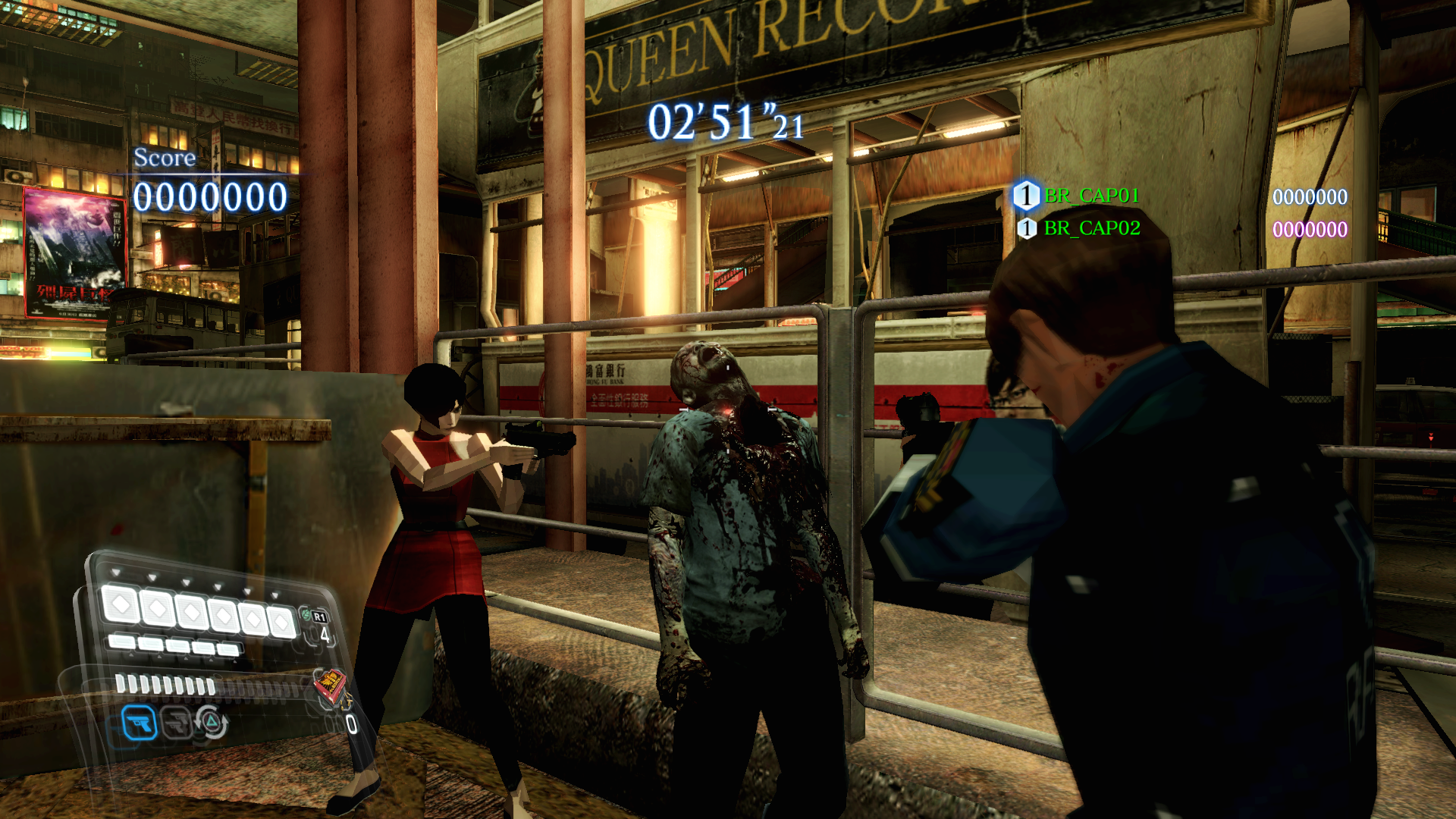
Resident Evil 6
Original release: PS3, Xbox 360 (2012)
Play it now on: PS4, Xbox One (2016)
Resident Evil 6 marked the moment when everybody felt the venerable franchise had finally lost the plot. It certainly couldn’t be described as a survival-horror game anymore, nor even a conventional third-person action-shooter, thanks to the inclusion of gratuitous Hollywood-style sequences including a motorbike-chase.
With four protagonists – Leon Kennedy, Chris Redfield, Jake Muller and Ada Wong – the plot was pretty confusing, too.
Despite, frankly, being a bit of a mess, it sold well, but the mixed critical reception led Capcom to rethink things for Resident Evil 7.
Nowadays PS4 and Xbox One remakes can be found cheaply.
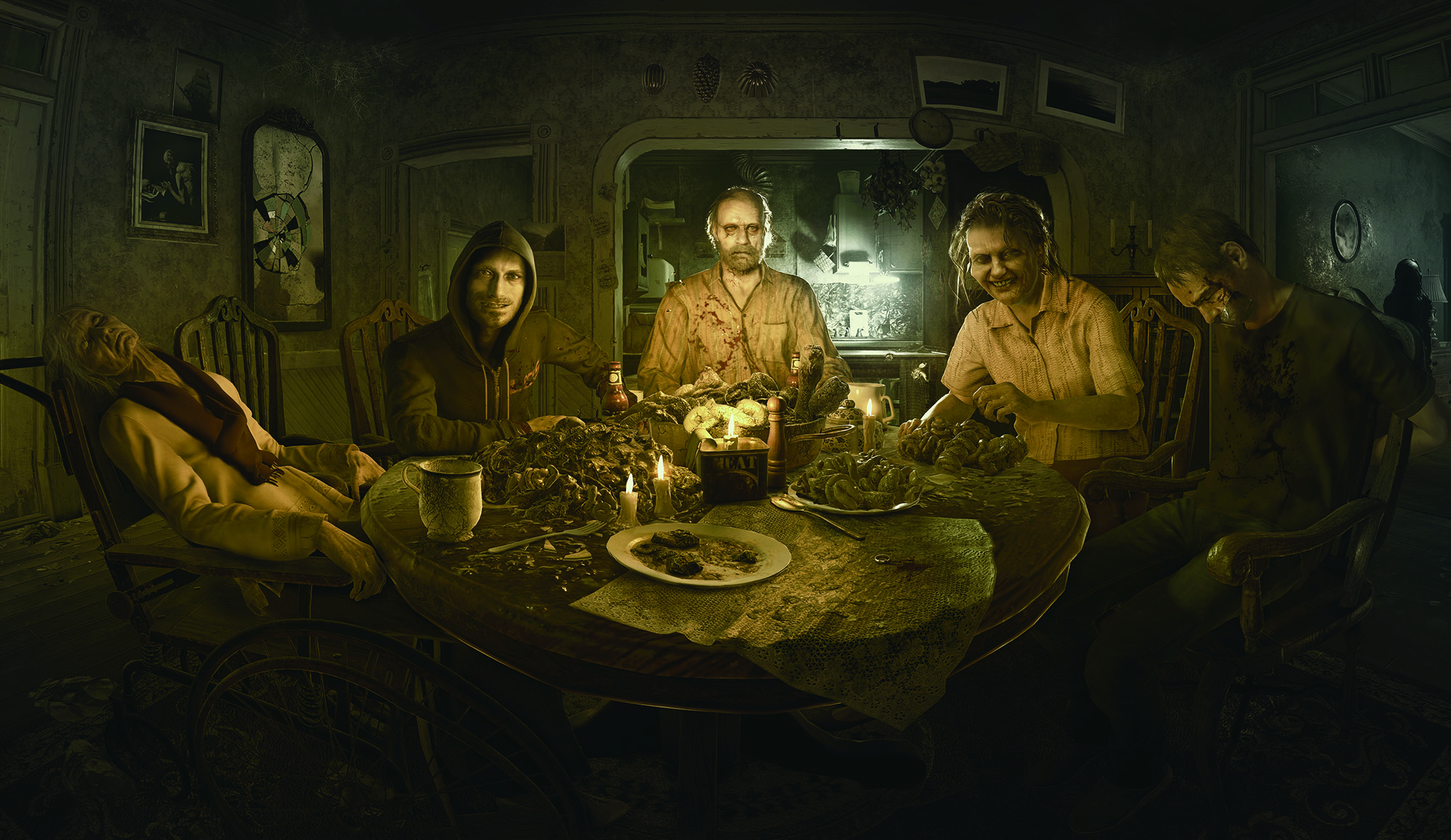
The best non-core Resident Evil excursions
Beyond the seven main numbered Resident Evil games, a staggering 17 spin-off games have crept onto the market over the years -- many of which stand comparison with the core games. And the following, in particular, deserve honourable mentions.
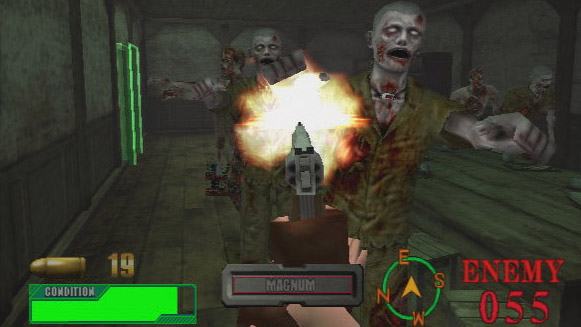
Resident Evil: Code Veronica
Originial release: Dreamcast (2000)
Many fans thought Code: Veronica outshone Resident Evil 3: Nemesis. Featuring 3D, rather than pre-rendered backgrounds for the first time, Code Veronica kept the classic survival-horror gameplay but featured some much more imaginative settings, as well as both Redfields and events in which Albert Wesker starts turning to the dark side.
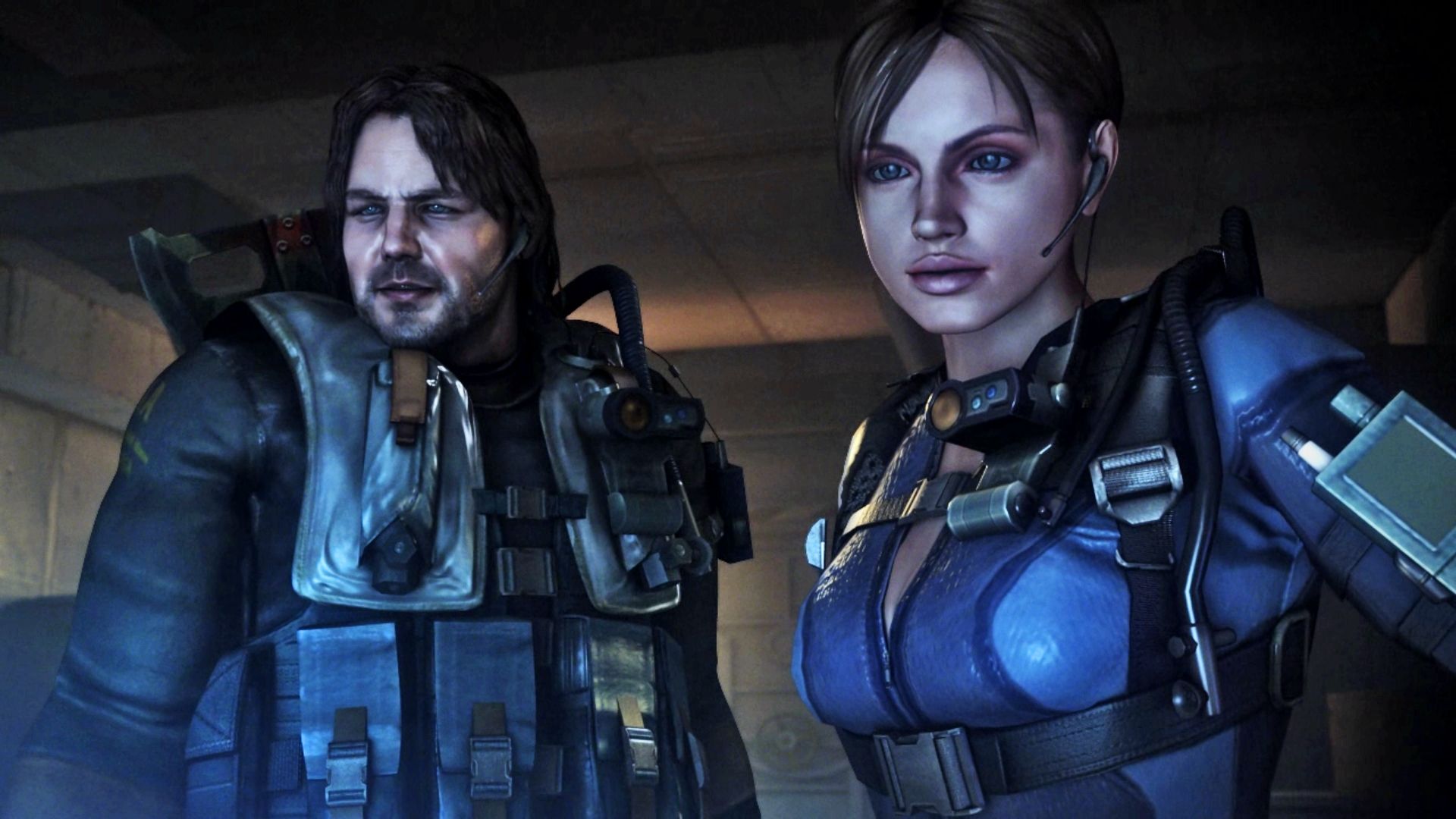
Resident Evil Revelations and Revelations 2
Original release: 3DS/PS3 and Xbox 360 (2012/2015)
Revelations and Revelations 2 marked a welcome move back towards the survival-horror of the early games. The former featured some great ship-board action (referenced in Resident Evil 7) and the latter was delivered episodically. An excellent Revelations remake on the Xbox 360 featured the never-ending Raid Mode.
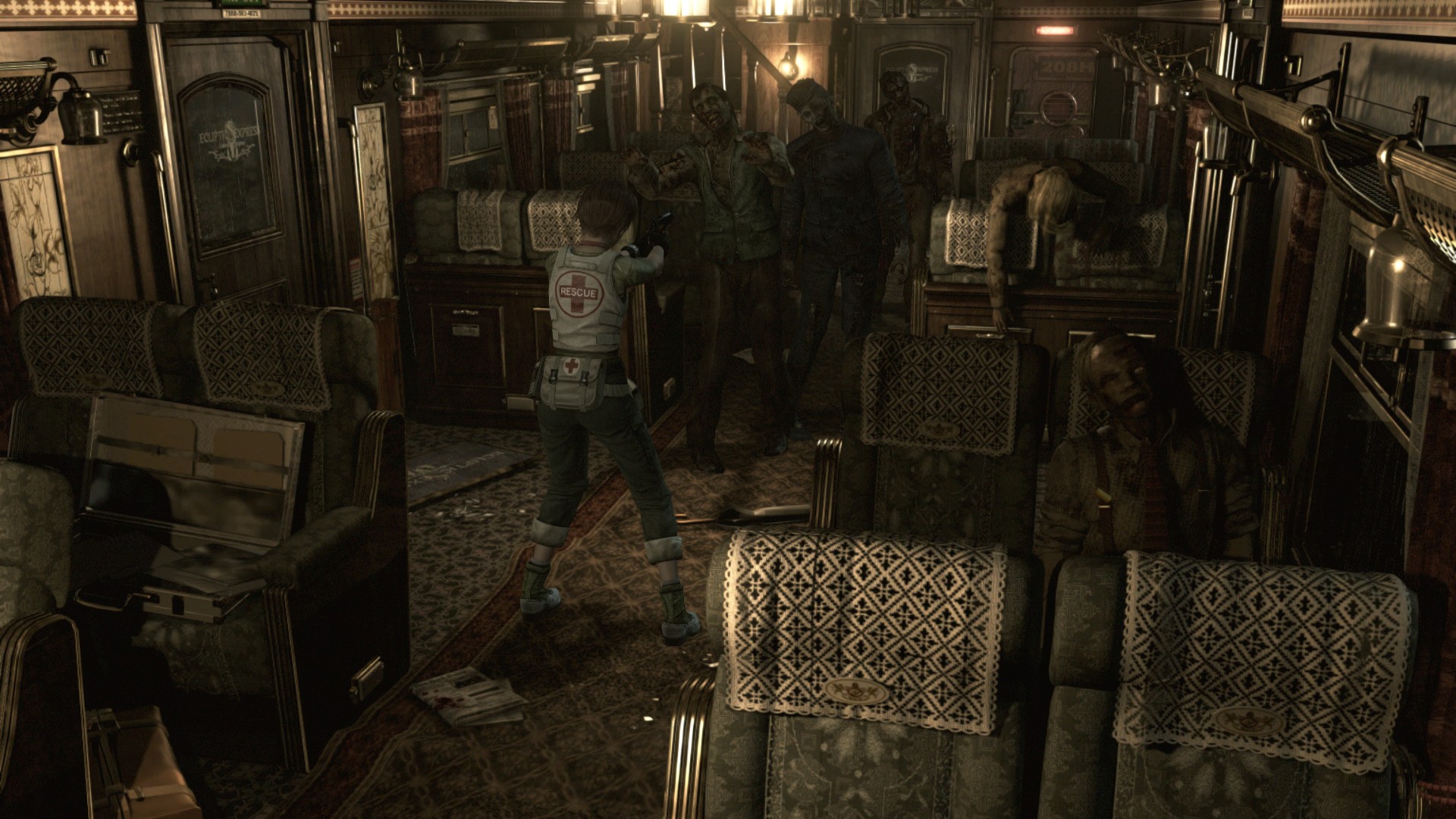
Resident Evil 0
Original release: GameCube (2002)
A curiosity triggered by Capcom’s sudden decision to support Nintendo’s GameCube, Resident Evil 0 was a prequel to the original game. So it had proper survival-horror gameplay, along with a slightly odd two-protagonist buddy system.